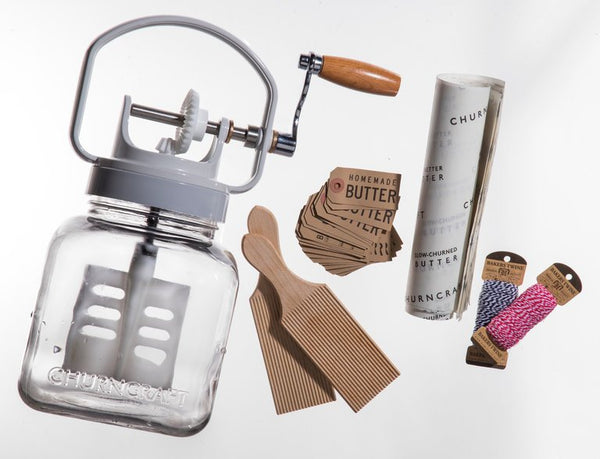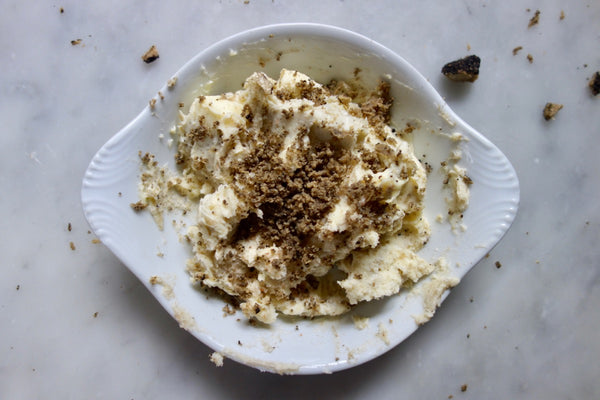Your Cart is Empty

While writing a recent post on dairies surrounding New York City, I discovered that dairy farms have a variety of breeds. Some prefer Holsteins, while others prefer Brown Swiss cows, and there are those who swear by Jerseys. Not knowing much about what impacts these decisions, I set out to learn about the differences between dairy cattle breeds.
This article from Well Fed Homestead easily breaks down the characteristics of the most popular dairy breeds in North America. There are essentially eight common breeds used at dairy farms today: Ayrshire, Brown Swiss, Dexter, Guernsey, Holstein‐Friesian, Jersey, Milking Shorthorn and Red Poll. Different breeds are chosen for different purposes.
Holsteins, for instance, are used in nearly all commercial operations. They are the biggest dairy cows, and are prized for their significant milk production yielding approximately 8 to 10 gallons per day.
Brown Swiss cows often favored for cheese‐making. These large ladies produce a large quantity of milk, an average of 5.3 to 9 gallons per day, and they have a high protein count in their milk.
Guernsey cows are medium‐sized, though long‐lived, and their docile nature makes them welcome on a smaller farm. They produce less milk, but it has a higher butterfat percentage.
Jersey cows, far more common then their cousins the Guernseys, are also smaller and more efficient milk producers on less feed. Their milk has the highest butterfat percentage at 4.9% giving it a rich and creamy taste, which is why their ardent supporters (and butter lovers everywhere) claim them to be the best of all dairy breeds.
Comments will be approved before showing up.


What an honor to be featured in The New York Times! We are so proud to have gotten a stamp of approval from Florence Fabricant, food critic of the NYT.
